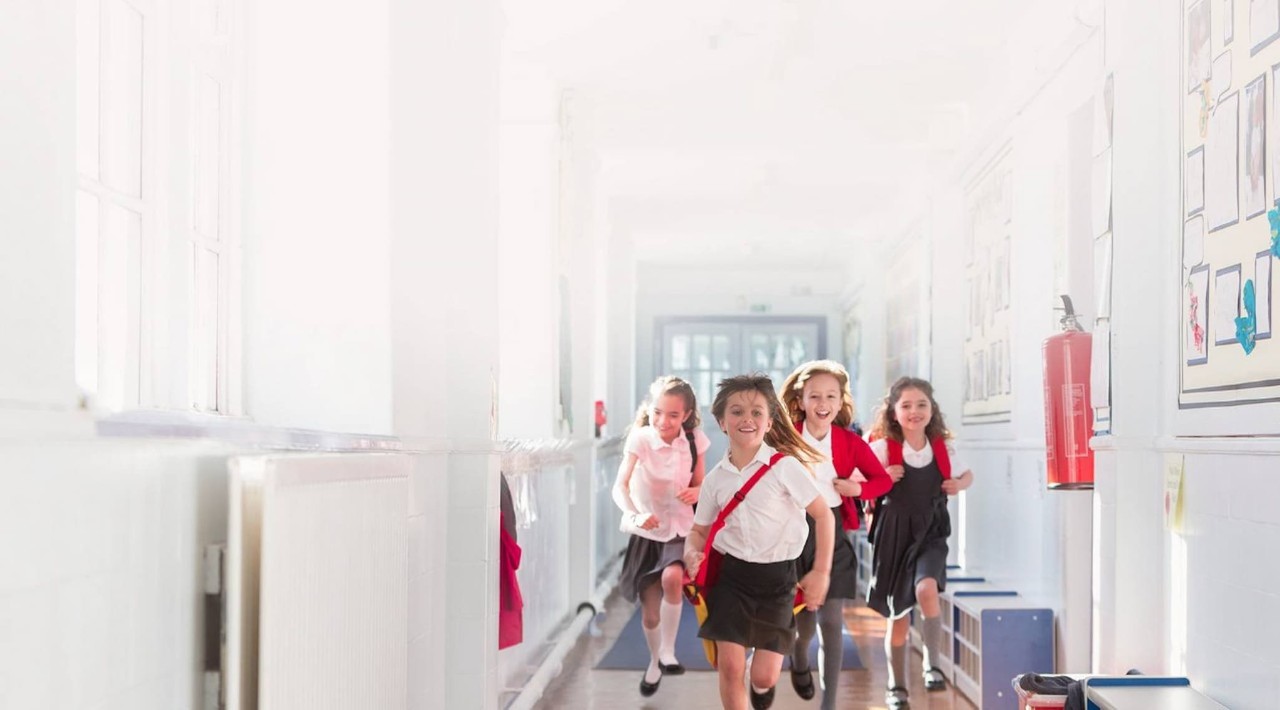by Melanie May | 2 min read | June 17th, 2021
Energy efficiency means using less energy to do the same jobs. Having an energy-efficient home wastes fewer resources, reduces your carbon footprint and saves on your bills. You don’t have to spend a lot of money making your home energy efficient, even small changes can make a big difference to your home’s energy consumption.
Looking for ways to reduce the amount of energy your home uses? Here are ten energy-saving tips to make your home energy efficient.
Switch off and unplug
The quickest and easiest way to save energy at home is to simply switch off the lights when you are leaving a room and pull the plug on appliances at night time or when you are not at home. Phone charges are also energy vampires, so make sure you unplug your chargers when not in use.
Wash clothes at a lower temperature
Another energy-saving tip that’s quick and simple to do is to wash your clothes at a lower temperature. Almost 90 per cent of the energy used by washing machines is to heat the water. If you run your machine at a lower temperature you will use less energy. Don’t worry, your clothes will still get clean, most washing powders are now designed to work just as well at 30°C as they do at higher temperatures. Only using the machine when you have a full load of washing is another great way to avoid wasting energy and water.
Bonus Energy Saving Tip: switching your dishwasher to a lower temperature cycle also recess energy consumption in the home.
Replace incandescent lights
Switching to energy-efficient lighting is another easy way to cut your energy costs. In Ireland, lighting accounts for roughly 11 per cent* of household electricity bills. Traditional incandescent bulbs convert around 10 per cent of the energy they consume into light. The rest becomes heat. Switching to more energy effect lighting, for instance, halogen, LEDs and CLF light bulbs can reduce the energy consumed by lighting by 50 to 85 per cent.
Lag the hot water cylinder
By installing a lagging jacket on your hot water cylinder you can save up to 30 per cent on your water heating costs. As long as the tank has a good insulating jacket, it will keep the water hot all day, without needing to be constantly reheated. Buy a quality, 80mm (3-inch) thick version and with the energy savings, it will pay for itself in a few months.
Install a more efficient shower head
Installing a low-flow shower head improves your home’s water efficiency. Low-flow shower heads deliver fewer litres of water per minute and can save up to 70 per cent of water, but still deliver the same performance as regular showers. Some even have a pause button for when you are lathering up. Mother Earth will thank you for making the switch.
Buy energy-efficient appliances
Household appliances and electrical goods sold in the EU have energy ratings printed on the label. The energy ratings run from A+++ to G with A+++ being the most efficient. Appliances with lower ratings use more energy and cost more to run than those with a higher rating. So next time you have to replace your fridge, TV, washing machine, oven, etc., look for more energy-efficient models.
Energy-efficient improvements
When it comes to energy-efficient improvements, properly insulating your home is one of the most cost-effective ways of saving energy and making your home more comfortable. A tightly sealed home can reduce the cold and draughts getting in, minimise heat loss and reduce your utility bills.
The roof, floor and walls, including the windows and doors are collectively known as the thermal envelope. According to the Green Age, you lose about 25 per cent of heat through the roof of your home, 35 per cent through the walls and about 10 per cent through the floor.
If you can reduce the flow of heat from the inside of your home through the thermal envelope to the outside, you will save energy and reduce your utility bills.
Properly seal windows
Ireland is a windy country and this creates a chill factor. So properly sealing your windows can make a big difference to home heat loss. Some simple ways to do this are by hanging blinds and heavy curtains that cover the entire window area. You can also add silicone caulk, self-stick weather sealing and insulation film.
Replacing single-pane and timber frame windows with double or better yet, triple glazing is an excellent way of insulating your home and saving energy. Triple glazing can reduce heat loss by approximately 30 per cent^ compared to double glazing.
Eliminate door draughts
When it comes to doors, you can also hang heavy curtains over them and use draught excluders/stoppers too. You can also install door sweeps at the end of the doors, which seal gaps between the bottom of the door and the threshold.
Lay thick carpet
Carpets, underlay and rugs impede heat transfer. Thicker floor coverings mean more thermal resistance, which reduces heat loss. Although the initial costs might be quite high, these can be recouped over their lifetime through considerable energy savings.
Insulate the attic
Hot air naturally rises, therefore, if your attic doesn’t have sufficient insulation, a large percentage of the heat in your home will simply go up and out through the roof. The good news is that you can add insulation in your attic and enjoy the subsequent savings year after year. There is a variety of insulation materials to choose from, depending on your attic space.
Insulate the walls
Once you have established the wall type of your home, you’ll be able to decide on the type of insulation needed. The three wall insulation types are cavity wall insulation, internal wall insulation and external wall insulation. Getting the walls insulated will have a big impact on keeping your home warm and reducing your heating bills.
As you can see, there are plenty of big and small changes you and your household can do to make your home energy efficient. Some are free and easy and others more expensive, but all will make a difference in reducing your utility bills, reducing your impact on the environment and increasing home comfort levels.
This guidance is for general information purposes only.
Sources
https://www.senatorwindows.ie/inspiration/double-vs-triple-glazing/






